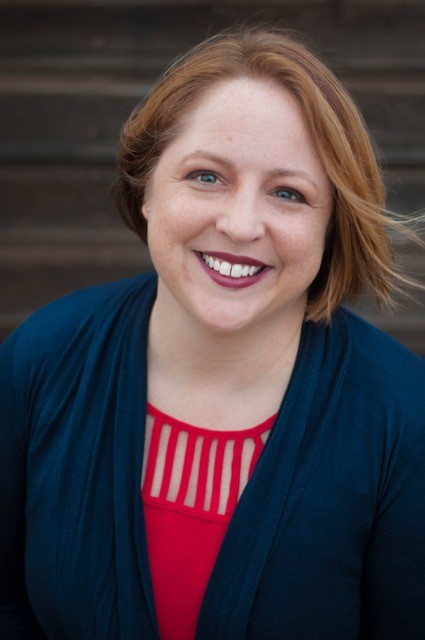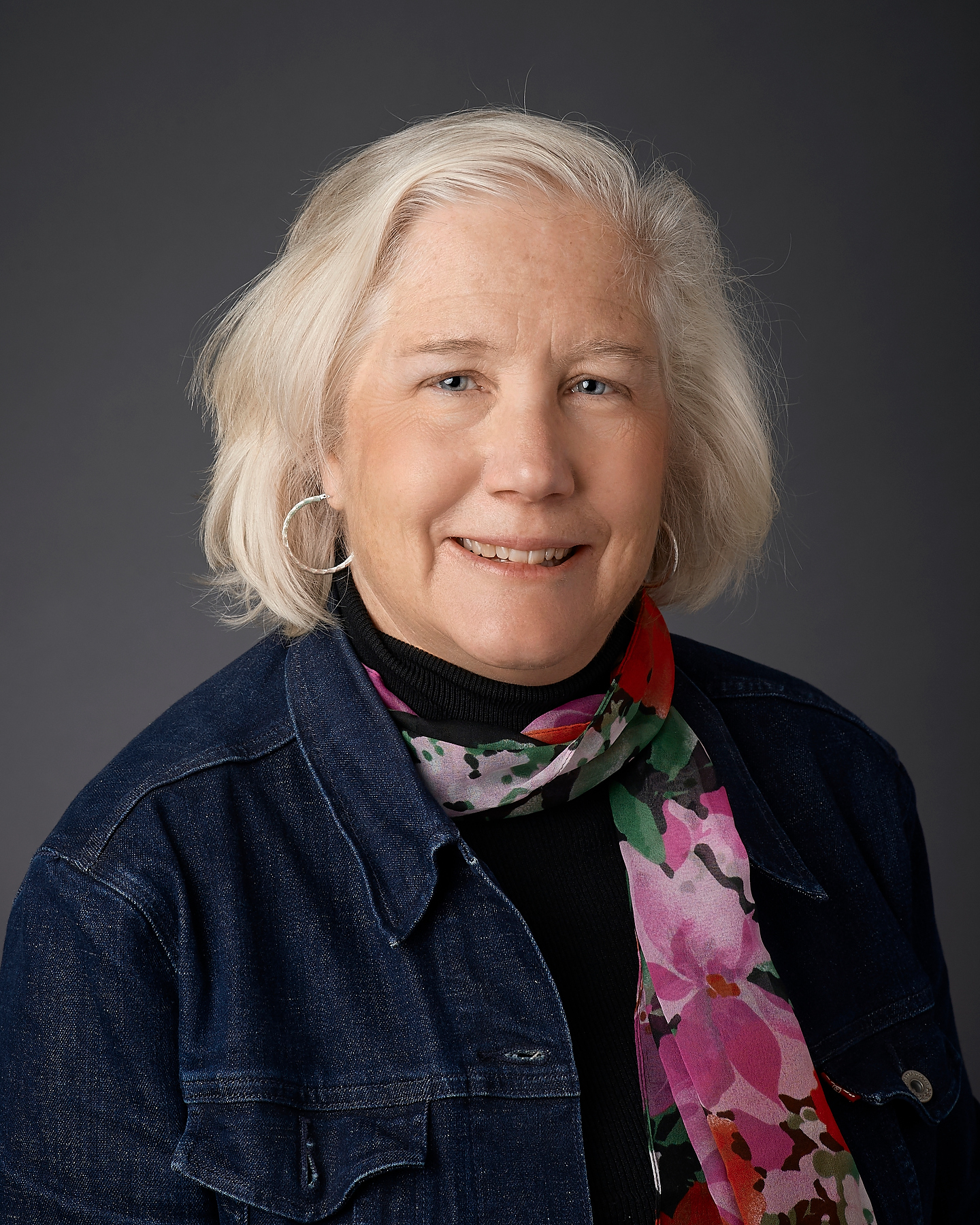Past Spotlights
Faculty/Staff
Clincal Instructor
College of Nursing - Bozeman

Professional Background
I started my foray into the healthcare setting as an activity aide for an Alzheimer Unit. I had a complicated family life and took the epic journey through my nursing education. From C.N.A. to L.P.N. to A.D.N. in Montana, I then got my Bachelor of Science in Nursing through Kaplan, and later my Master of Nursing Education through Purdue Global. My nursing experience has been varied, from Alzheimer care, Medicare rehabilitation, Internal Medicine office, and eighteen years in maternal child. Labor and delivery and newborn care is my specialty practice area and the main focus of my teaching. I have taught for the College of Nursing since 2015, on both Great Falls and Bozeman campuses.
When and how did you get involved in IPE and IPP?
I have just recently gotten involved in IPE at MSU and was able to attend an IPEC conference in October 2019. I had previously done informal IPE with RT, nursing and medical students while on acute care pediatric clinical and loved seeing the collection of their ideas and interventions improve patient care!
What experiences have you had that reinforce the value of IPE and IPP in healthcare?
Interestingly, my introduction to IPP did not start in the nursing role. As an activity aide, without any training or background in care plans or IPP, I attended the facility interprofessional plan of care meetings for nursing home residents. I learned from occupational, physical, speech therapists, dieticians, social workers and nurses how to integrate a plan of care throughout the domains. I learned the importance of the team sharing information that was helpful for other areas to improve care for the client.
One especially touching story I’d like to share about the superpowers of IPP, if you will indulge me. As an activity aide, I regularly looked at social information for our Alzheimer population to create activities that would be preferable to each client. For a couple of clients on our unit, nursing was having issue with behaviors such as yelling, screaming, kicking, and biting as these two were being taken to the bathing facilities. As I was planning activities and reviewing their information, I was able to shed a little insight as to these outbursts. Both of the clients had survived Auschwitz. As nursing was taking them to the tub room, they thought they were going to be gassed. We discussed some ideas for neutralizing that feeling of despair and fear. The tub room didn’t look much like a bathroom…we decorated the door and room with giant Anne Geddes cardboard babies, worked to remove the institutional-look with decorative towels and flowers in sight as the door opened. It made all the difference for clients and staff…making bath time more pleasant and reducing their distress. Being able to share issues across professions makes it possible to think creatively and improve patient safety and care!
What current IPE-related activities are you participating in?
I am participating in MSU’s committee and am gaining an appreciation for the multiple levels of complexity to embed IPE.
How should students, faculty and practicing healthcare professionals who are interested in IPE get involved?
Think about who else may benefit from joining into an activity or learning session-whether it is in clinical, in the classroom, or in community service. Reach out to the leaders of the Institute and have a conversation. Do you have a really great idea you are sitting on? Share it! If you are ever thinking, “Wouldn’t it be great if…” then that is your brain’s signaling you to talk it over with someone who has a similar interest!
“As a leader, it's your job to get everyone to share what they know.”
― Jane Ripley, Collaboration Begins with You: Be a Silo Buster

Professional Background
When and how did you get involved in IPE and IPP?
What experiences have you had that reinforce the value of IPE and IPP in healthcare?
- Clinical IPE Subcommittee: focuses on getting IP students together in the clinical settings on campus and is expanding to clinical sites off campus
-
Didactic IPE subcommittee: focuses on getting IP students together in didactic settings to work together on case studies and interact with local IP team
-
Simulation IPE subcommittee: has focused on getting IPE students together for IP simulations – using both cases from acute care nature and community- based simulations
-
Student IPE group: plans student events, for example start of semester meet and greet sessions, trivia nights, etc.
In all these subcommittees the goal is to have interprofessional students learn from and with each other!
What current IPE-related activities are you participating in?
I am a member of the IPE steering committee on the Missoula campus and have just joined the steering committee on the MSU campus, and I will connect electronically to their meetings. In addition, I helped develop an IPE online elective course (AHHS 450) with colleagues at UM and taught this course (AHHS 450) in the fall of 2019 to students from MSU and UM.
How should students, faculty and practicing healthcare professionals who are interested in IPE get involved?
Working with inter-professional colleagues across campus, and across universities, is very professional rewarding as is working with students from other disciplines. Please reach out if you are curious about how you might include an interprofessional element to your class or if you just want to know what is happening with IPE locally or across the state. Accreditation standards are now requiring that health professional students are exposed to IPE in their training, so the time to get involved is now!
